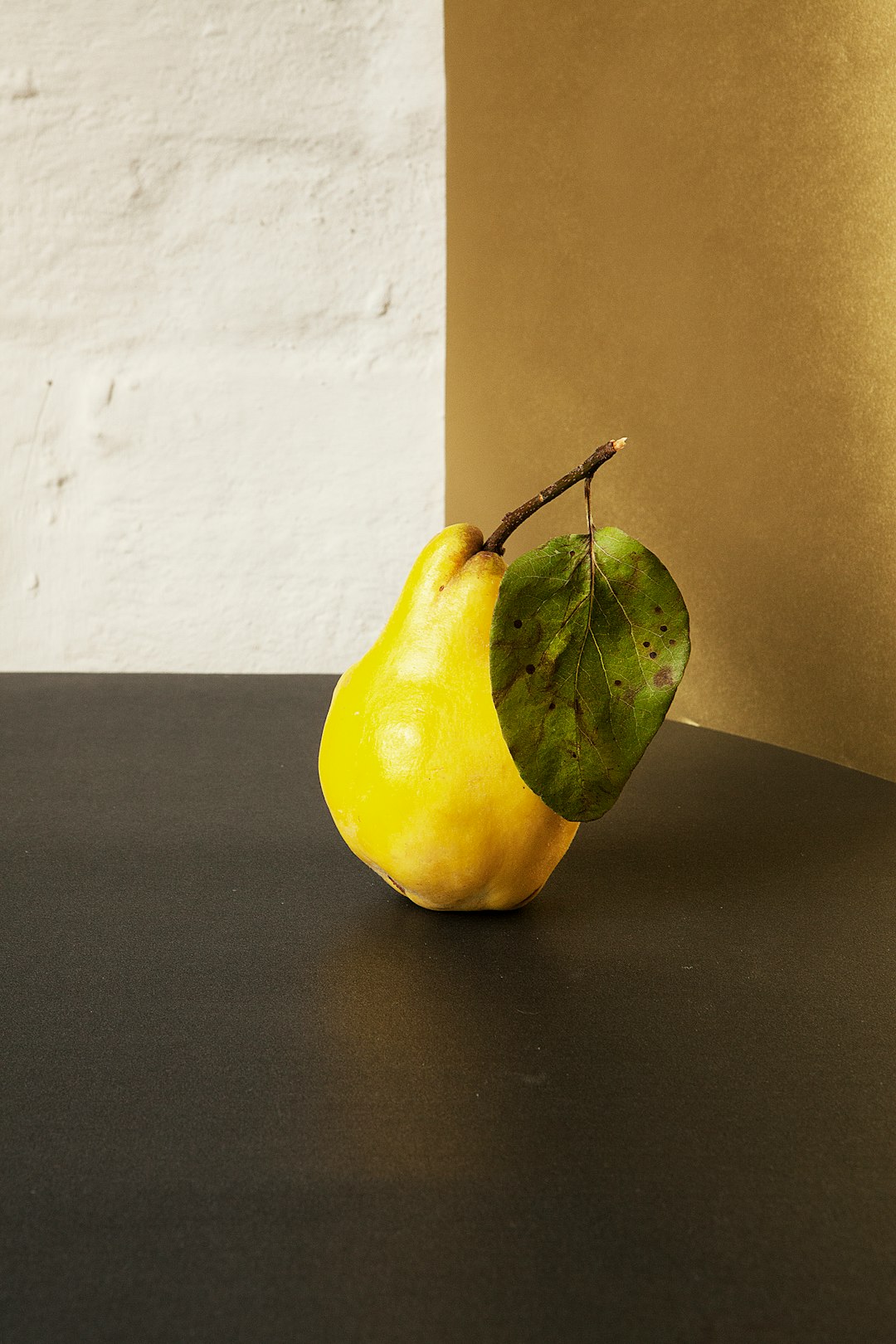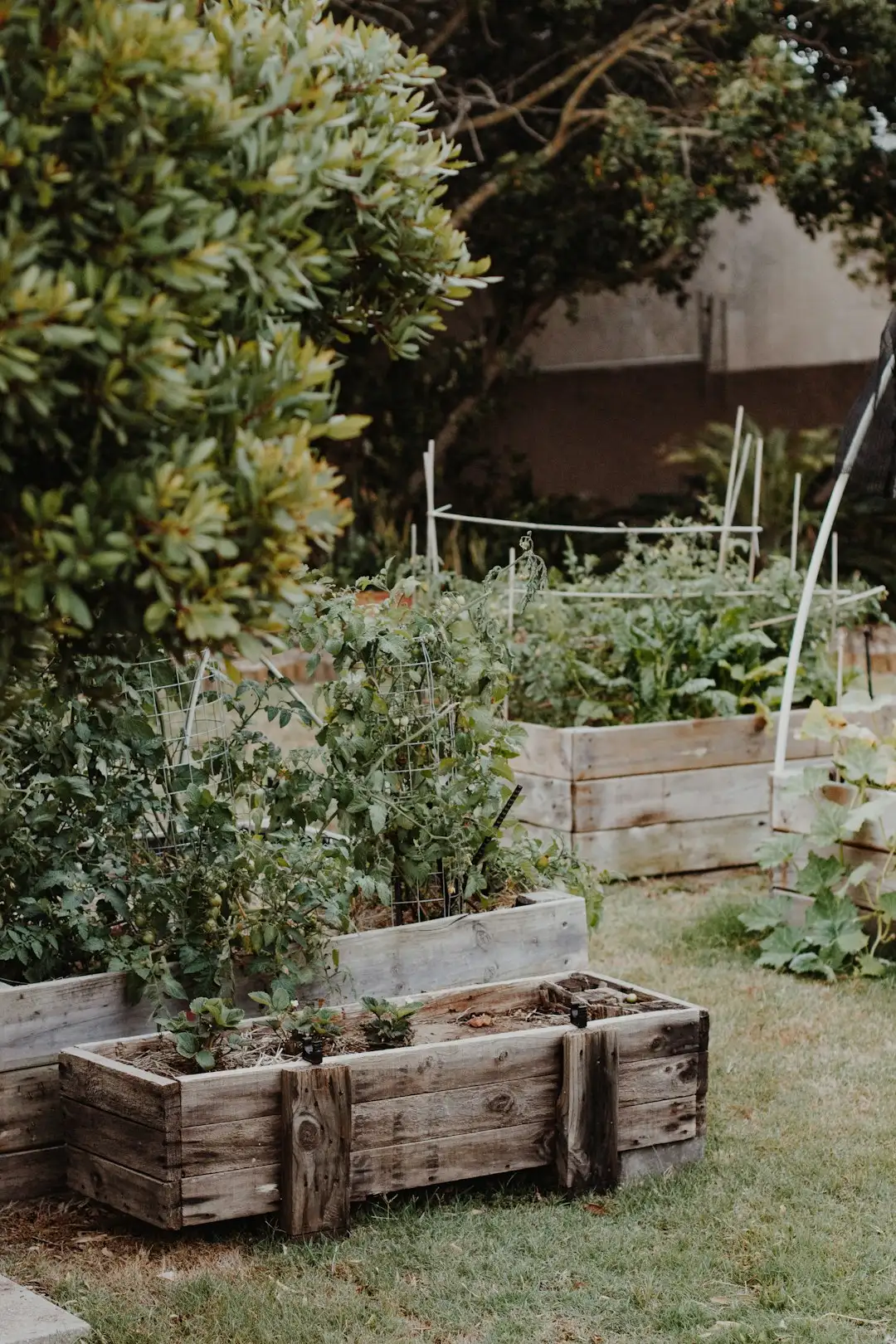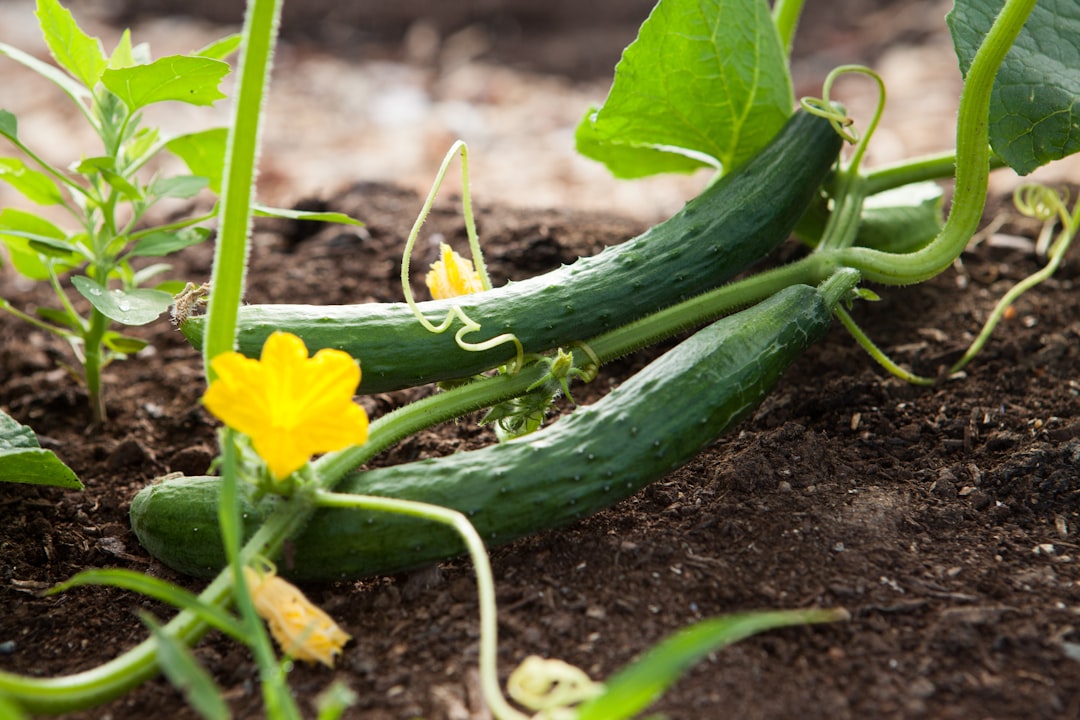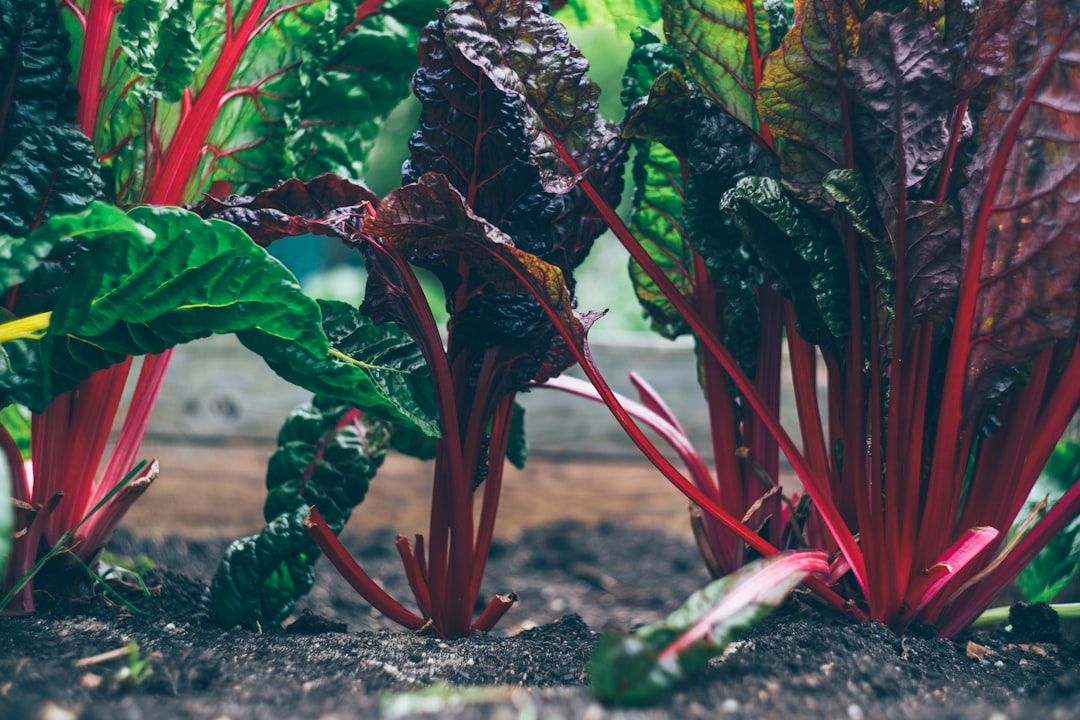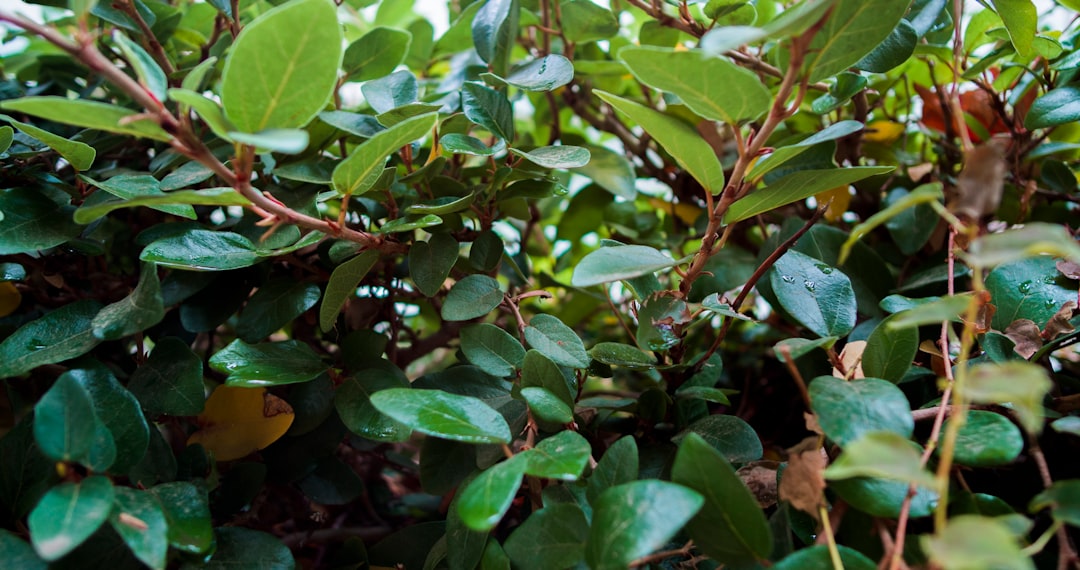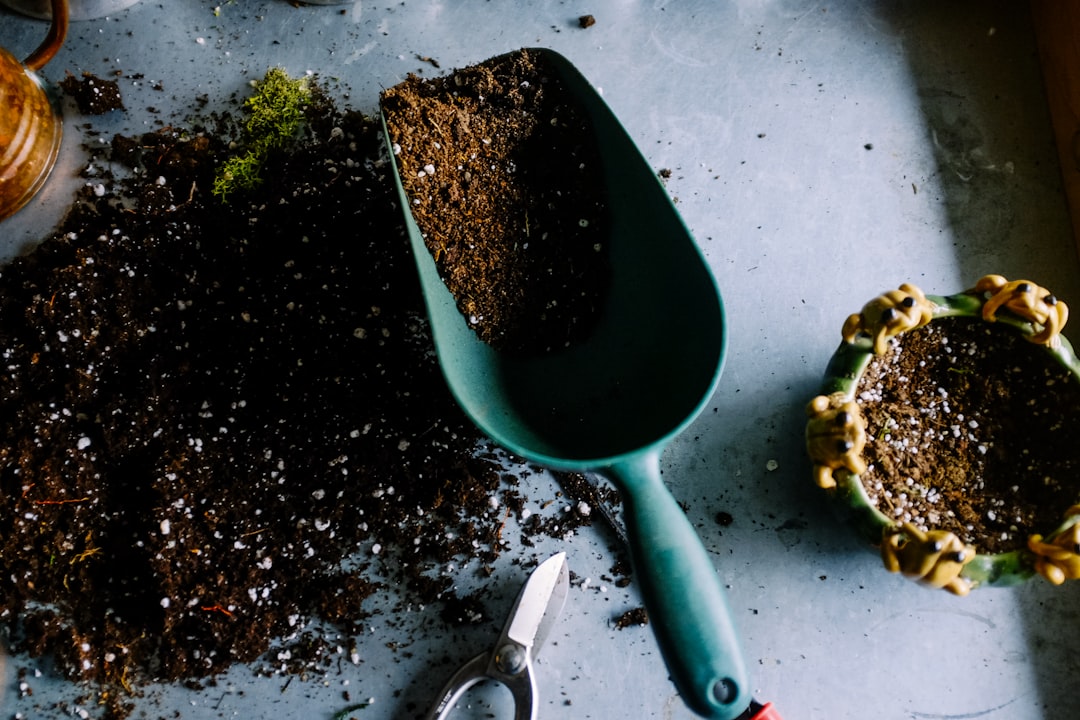
Edible gardening is a rewarding endeavor, and growing fruit, especially grape vines, can be a delightful addition to any garden. To ensure that your grape vines thrive and produce an abundant harvest, proper pruning is of utmost importance. In this article, we will delve into the world of grape vine pruning, exploring the best time to prune, the tools you need, and the common mistakes to avoid.
Grape vines are vigorous growers, and without regular pruning, they can become overgrown and unproductive. Pruning helps to shape the vine, control its growth, and improve air circulation and sunlight penetration, which are essential for the health of the plant and the quality of the fruit. It also encourages the development of strong, healthy canes and spurs, which will bear fruit in the coming seasons.
One of the first questions that many gardeners have is when is the best time to prune grape vines. The ideal time to prune grape vines is during the dormant season, which typically occurs in late winter or early spring, before the buds begin to swell. Pruning during this time allows the vine to recover quickly and minimizes the risk of disease and pest infestation. However, the exact timing may vary depending on your location and the specific variety of grape vine you are growing. It is always a good idea to consult with a local gardening expert or extension service for guidance on the best pruning time for your area.
When it comes to pruning grape vines, having the right tools is essential. Some of the tools you will need include sharp pruning shears, loppers, and a pruning saw. Make sure that your tools are clean and sharp to make clean cuts and minimize damage to the vine. It is also a good idea to wear protective gloves and eyewear to prevent injuries.
Now, let's take a look at the proper technique for pruning grape vines. The first step is to remove any dead, damaged, or diseased wood. This will help to prevent the spread of disease and improve the overall health of the vine. Next, identify the main trunk and the permanent branches, or cordons, of the vine. These should be left intact and trained along a trellis or support system. Then, remove any suckers or shoots that are growing from the base of the vine or along the trunk. These can compete with the main vine for nutrients and water and should be removed to promote the growth of the main vine.
Once you have removed the dead, damaged, and diseased wood and the suckers, it's time to start pruning the canes. Canes are the long, flexible branches that grow from the cordons. The goal of pruning the canes is to leave only the strongest and healthiest ones to bear fruit. Select the canes that are about the thickness of a pencil and have at least 8-10 buds. These canes should be evenly spaced along the cordons and tied to the trellis or support system. Remove any weak, thin, or damaged canes, as well as any canes that are growing in the wrong direction or crossing over each other.
Another important aspect of pruning grape vines is to avoid making common mistakes. One of the most common mistakes is over-pruning. While it is important to prune grape vines regularly, over-pruning can weaken the vine and reduce its productivity. Make sure to leave enough canes and buds to ensure a good harvest. Another mistake is pruning at the wrong time. Pruning too early or too late in the season can damage the vine and affect its ability to produce fruit. Finally, make sure to use the proper pruning technique and tools to avoid damaging the vine.
In conclusion, pruning grape vines is an essential part of edible gardening. By following these tips and expert advice, you can ensure that your grape vines are strong, healthy, and productive. Remember to prune during the dormant season, use the right tools, and avoid common mistakes. With a little practice and patience, you will be able to master the art of grape vine pruning and enjoy a bountiful harvest of delicious grapes for years to come.
New



























































